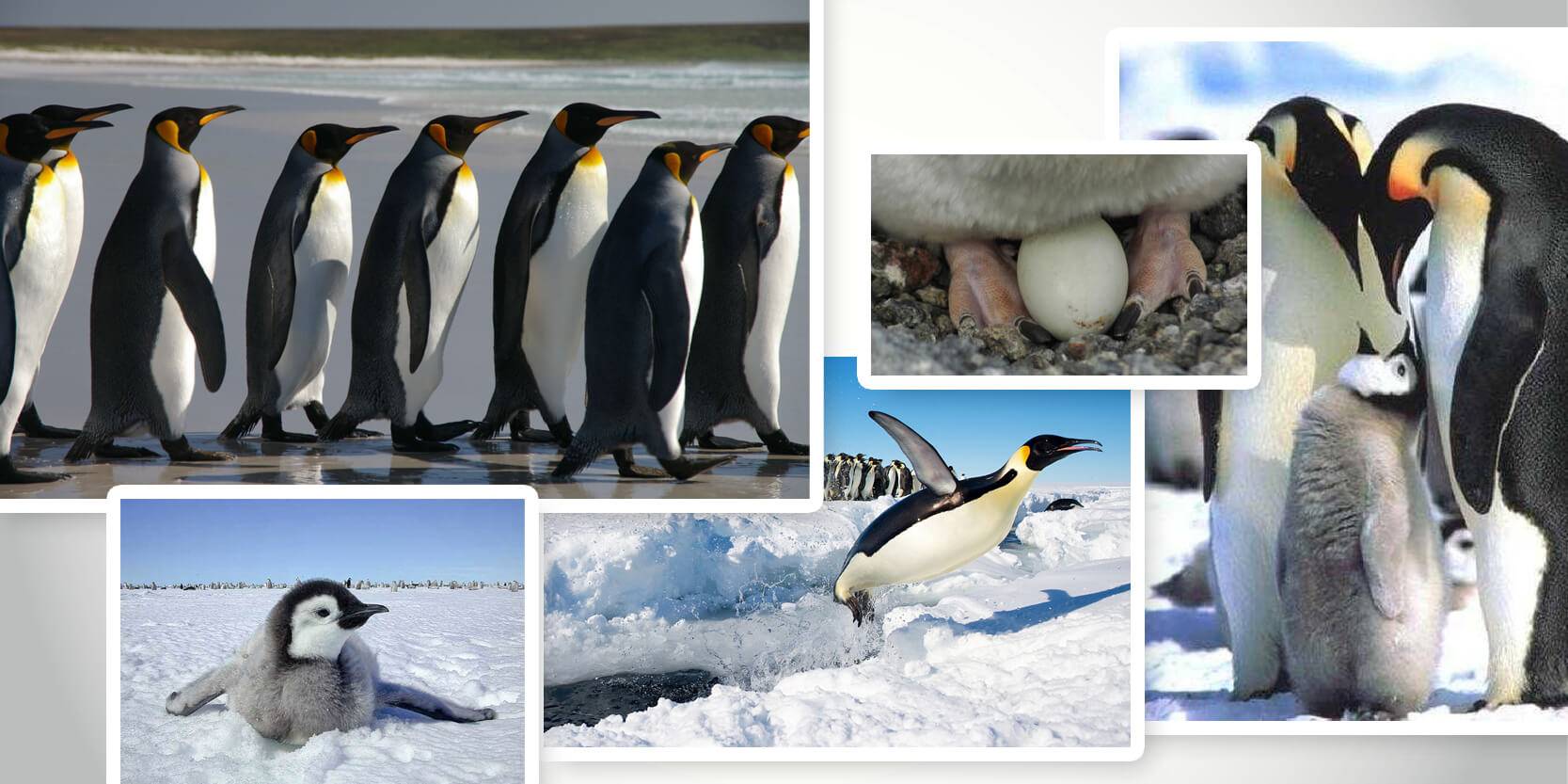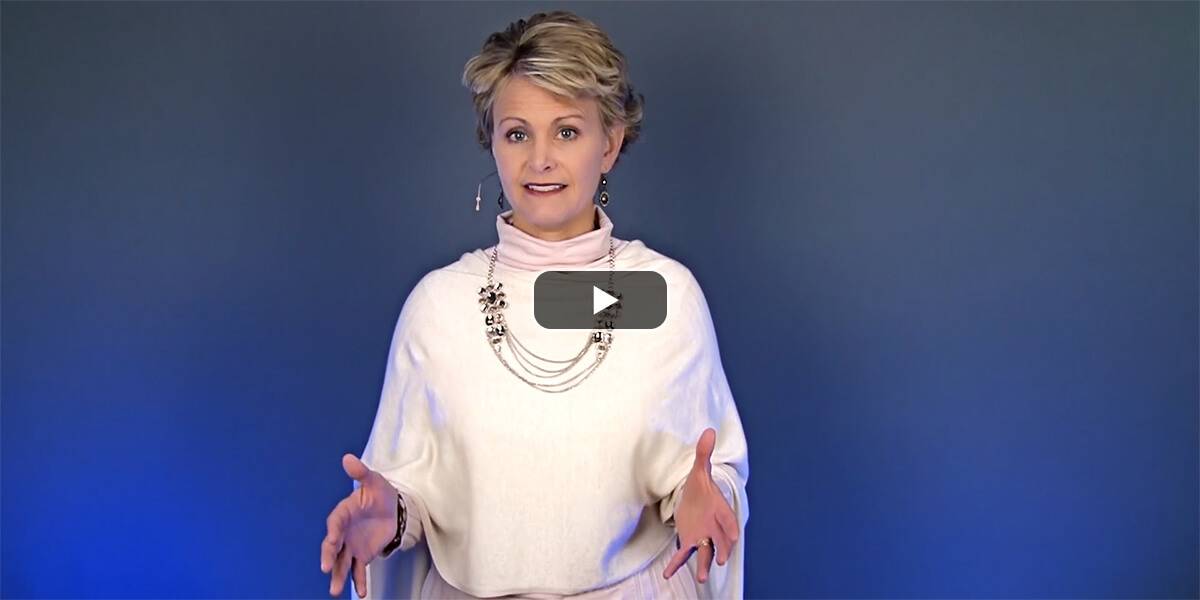Learning Center
reading
Collect research from images
december 1, 2010

When first studying a new concept or subject; students can learn a lot about a topic by simply “reading” images. This is also a fabulous pre-reading strategy for students to get in the habit of previewing the visual text features to build background knowledge, especially on an unfamiliar topic. Studying photographs is also a great way to initially teach English Learners and/or struggling readers about a content-area topic, too.
For example, if you were conducting a research unit on penguins, you might create a photo array. Students could begin their research by listing all they know about penguins based on the images:
- Penguins are black and white.
- Penguins feed their babies beak to beak.
- Penguins move by walking or sliding on their bellies.
- Penguins walk in a line.
- Penguins use their flippers to “fly” out of the water.
- Penguins hold their eggs/babies on their feet.
After sharing this idea with teachers earlier this fall, Fairview Elementary fourth grade teacher Deb Conley in Sherwood, OH found images related to her content-area concepts of study. Check these out!
It doesn’t take long to build an array of photos on a topic if you utilize Google Images. Simply type in your topic of study and hit “search.” Whether it’s penguins, the rainforest, Shawnee Indians, Salem witch trials, or any other concept, you can find oodles of visuals online for free! Just copy and paste the images into a Word document to share with your students. Or, for those of you with Smart Board technology and internet access, just go to the website with your students and view hundreds of images simultaneously. (Of course, make sure your security settings are “on,” and/or consider previewing the keyword search to ensure the images are appropriate.)





